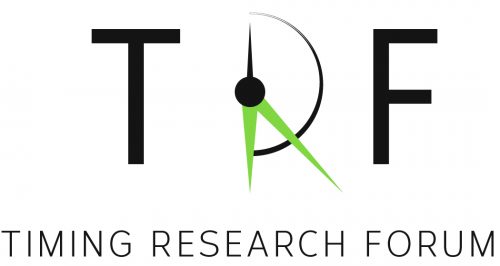In a paper recently published in Scientific Reports, Sven Thönes, Christoph von Castell, Julia Iflinger, and Daniel Oberfeld investigated whether duration judgments depend on the color (hue) of stimuli to be judged.
As color represents a basic feature of visual stimuli in lab experiments as well as in every-day environments, potential effects of hue on our perception of time are important to be considered. In particular, the well-known effects of arousal on time perception suggest that arousing hues, such as red, induce an overestimation of duration.
In a two-interval duration-discrimination task, the authors investigated whether participants indeed overestimate the duration of red stimuli in comparison to blue stimuli, while controlling for differences in brightness (individual adjustments by means of flicker photometry) and saturation (colorimetric adjustment in terms of the CIELAB color space). The mean duration of the stimuli was 500 ms. Moreover, the participants’ affective reaction (arousal, valence, dominance) towards the color stimuli were measured by means of the Self Assessment Manikin Scales.
Interestingly, the results showed a significant overestimation of the duration of blue compared to red stimuli, even though the red stimuli were rated as being more arousing. The estimated point of subjective equality showed that blue and red stimuli were perceived to be of equal duration when the blue stimulus was in fact 60 ms (12%) shorter than the red stimulus.
These surprising results (high arousal related to temporal underestimation) question arousal to be the main driving factor in the context of color and time perception. Moreover, the precision (variability) of duration judgments, i.e., the duration difference limen, did not differ between red and blue stimuli, questioning also an explanation in terms of attentional processes. The authors propose that specific neurophysiological mechanisms of color processing might be the basis of the effect, which need to be investigated in more detail in future studies.
Importantly, in timing-related visual experiments, it needs to be considered that the hue of the stimuli can affect time perception.
Source article:
–Dr. Sven Thones (thoenes@ifado.de)
